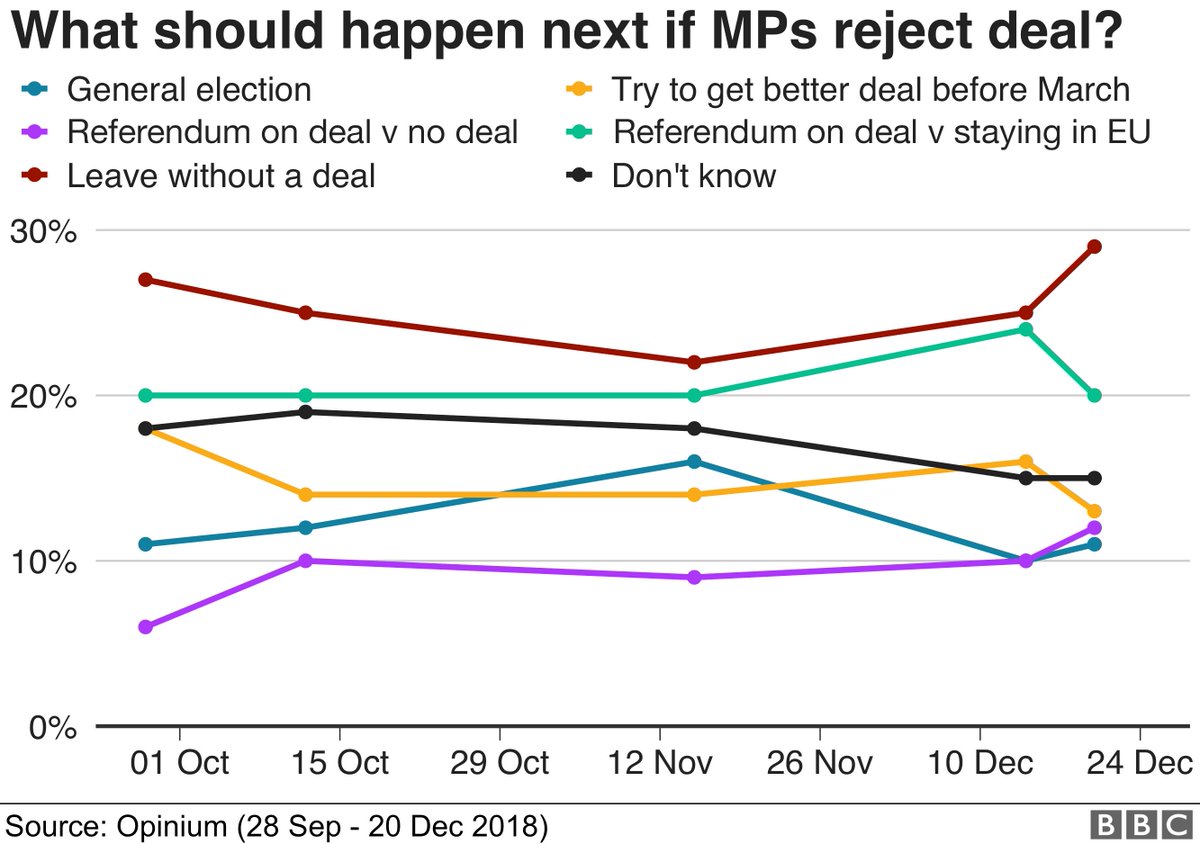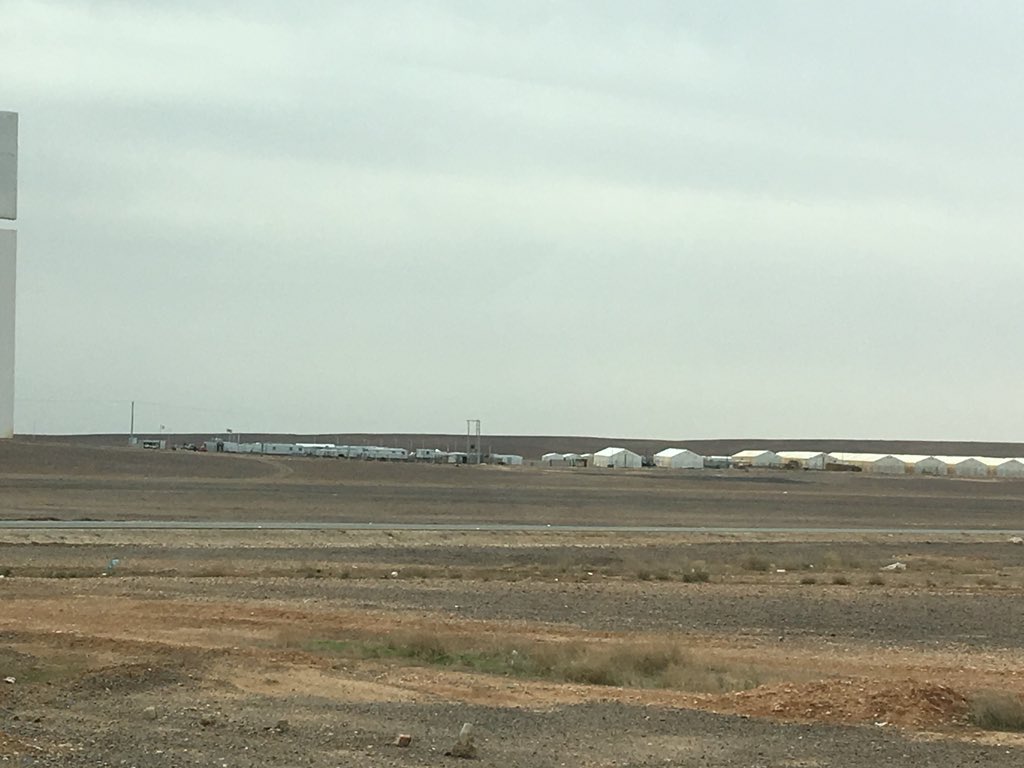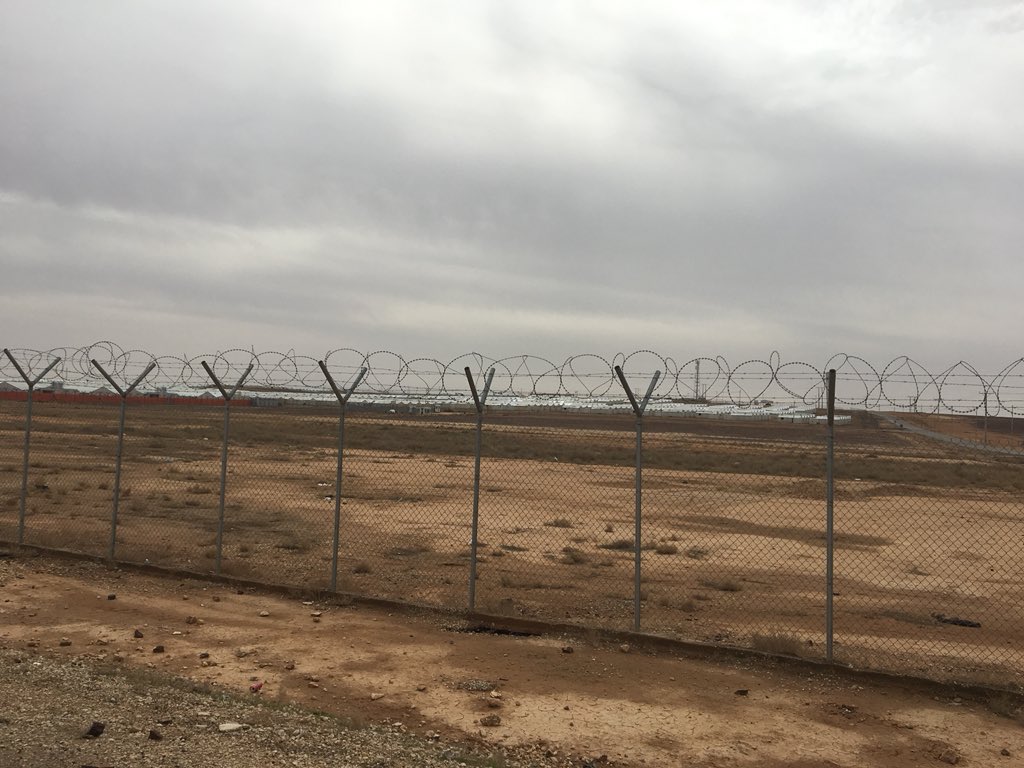
a) How long from genesis to the introduction of a commodity? Today, approx 30-50 years but possibly that has speeded up to 20-30 years (I'll know in about 5 years)
...


"Should I be a fast follower or fast mover?"
which occasionally comes up, my answer is always "yes".











